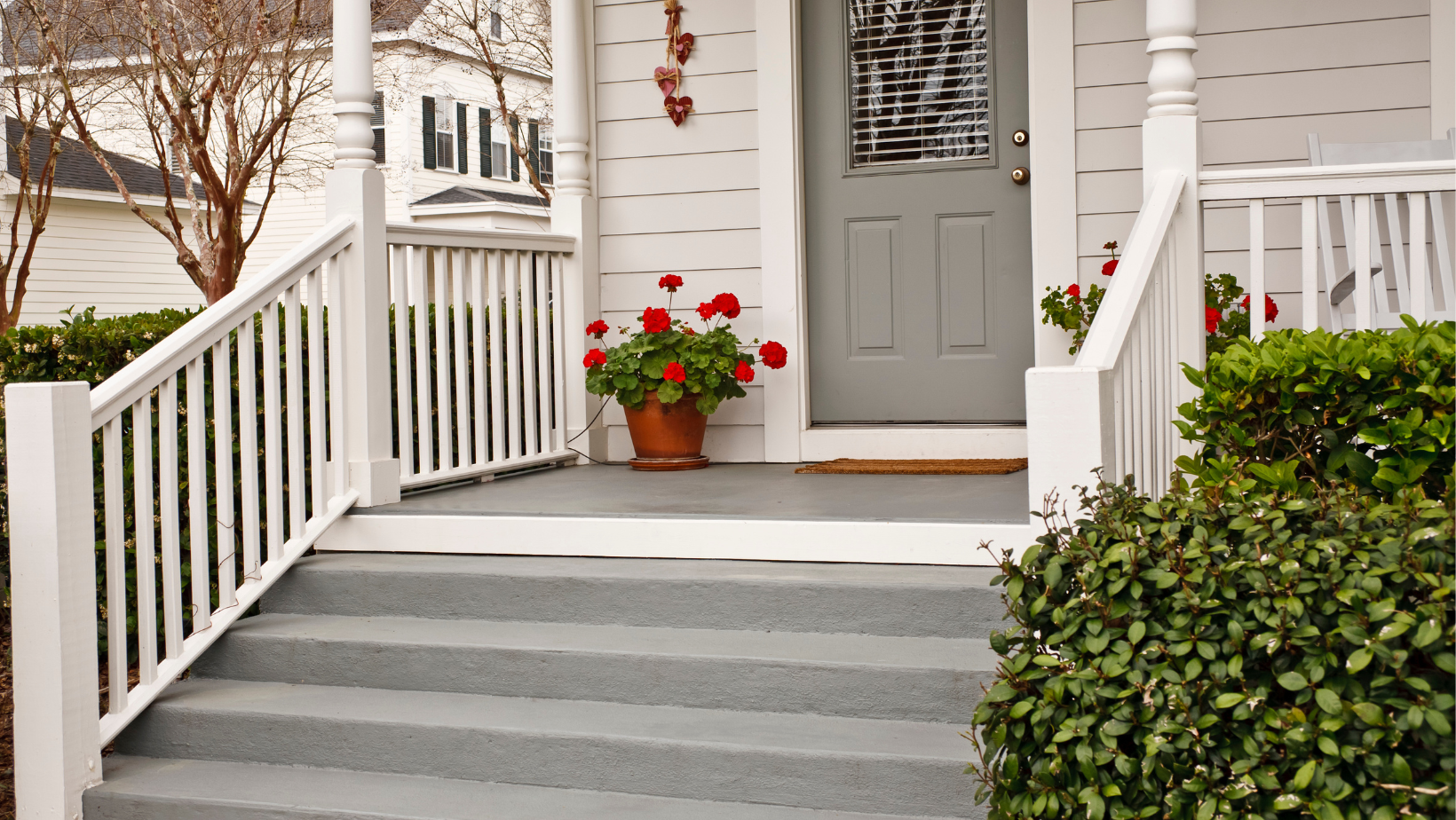Uncover the secrets of staircase construction as we delve into the purpose and standard sizing of each component. If you're looking to install carpet stair treads, you'll want to understand what each part of the staircase is, so you know what to measure.
Parts of a Staircase:
-
Treads and Risers
-
Handrails and Balustrades
-
Newel Posts and Balusters
Introduction to Staircase Components
Understanding the different parts of a staircase is essential for anyone interested in DIY home improvement or design.
Whether you're planning to build a new staircase or renovate an existing one, having a comprehensive understanding of the various components will help you make informed decisions and achieve the desired aesthetic and functionality.
In this article, we will delve into the purpose and standard sizing of each part of a staircase, from the treads to the balusters, demystifying the world of staircases for general readers.
Treads and Risers
Treads are the horizontal parts of the staircase that provide a surface for stepping, while risers are the vertical components that form the face of each step.
The purpose of treads and risers is to ensure safe and comfortable movement between different levels of a building. Standard sizing for treads is typically around 10 to 11 inches in depth, while risers are usually around 7 to 8 inches in height.
These dimensions may vary based on building codes and personal preferences. Common materials used for treads and risers include wood, laminate, and stone, each offering unique aesthetic and durability benefits. You can also purchase premade stair risers, which make installation go a lot quicker.
Handrails and Balustrades
Handrails and balustrades play a crucial role in providing support and safety for individuals using the staircase.
Handrails are the horizontal or sloping rails that people can hold onto for support, while balustrades are the entire system of railings and their supporting posts, known as balusters.
Standard sizing for handrails typically includes a height of around 34 to 38 inches, while balustrades are often designed to meet specific building codes and safety standards.
Indoor wood handrails for stairs come in different styles and materials, such as wood, metal, and glass. There are also a wide range of design options for handrails and balustrades, allowing for customization to suit various architectural styles and personal preferences.
Newel Posts and Balusters
Newel posts are the large, sturdy posts located at the beginning, end, and turns of a staircase, providing structural support and anchoring the handrails.
Balusters, also known as spindles or pickets, are the vertical supports that help prevent people from falling off the staircase. Standard sizing for newel posts and balusters can vary based on the design and structural requirements of the staircase.
Design options and materials for newel posts and balusters are diverse, including traditional wood, sleek metal, and ornate wrought iron, offering opportunities to enhance the visual appeal of the staircase.
Conclusion
Understanding the purpose and standard sizing of each component of a staircase is crucial for anyone involved in DIY projects, home improvement, or architectural design. By considering the design and functionality of staircases, individuals can create spaces that are not only visually appealing but also safe and comfortable to use. Whether you're building a new staircase or wanting to know what to use for outdoor stair treads, the knowledge of staircase components will empower you to make informed decisions and achieve the desired results in your architectural projects.



